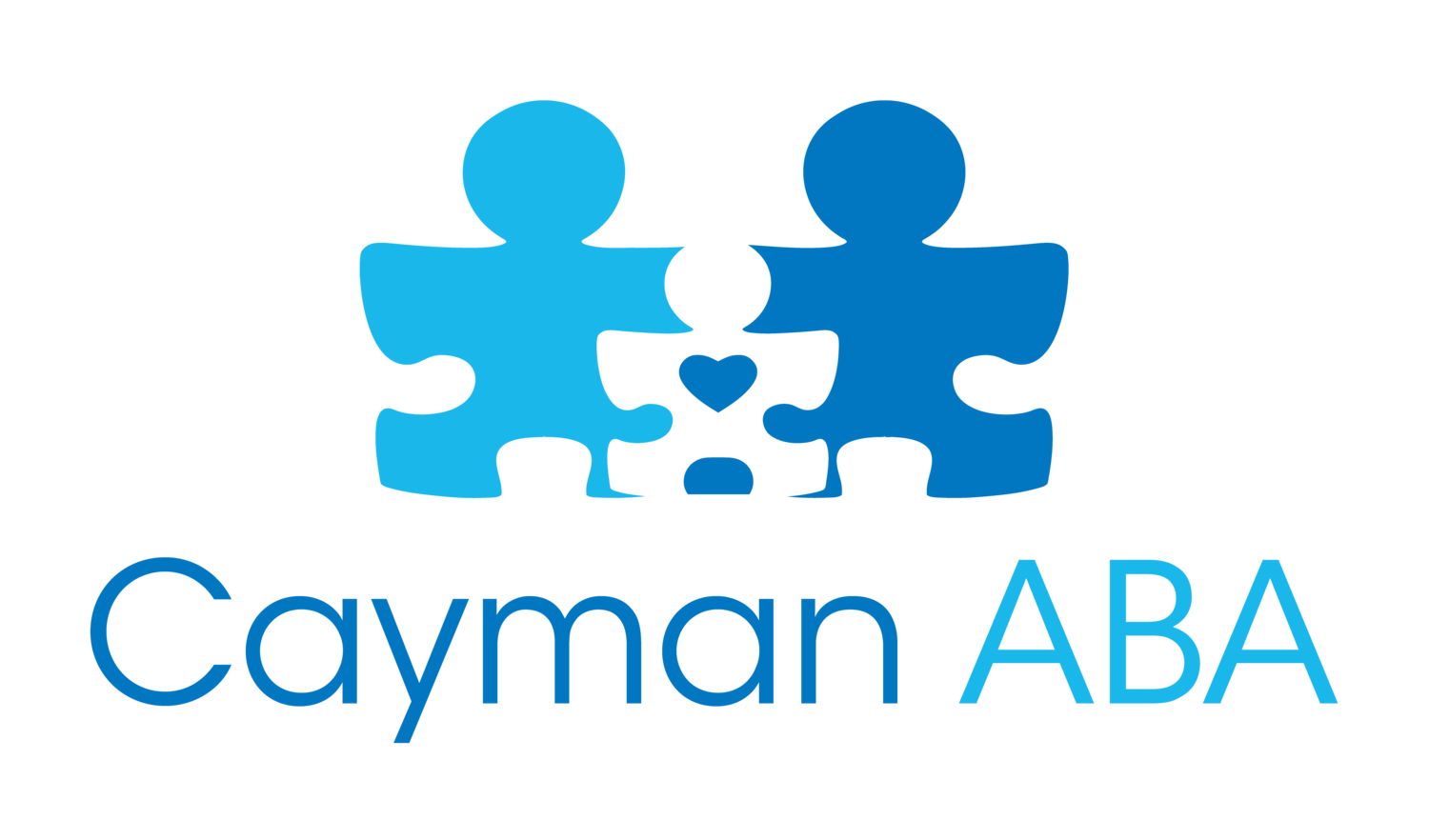Parents often struggle with how to handle their kids at home as they don’t understand why their kids engage in challenging behaviors like self-biting, headbanging, throwing into tantrums, breaking things, and more. At times, it can start from simple tantrums to a potentially full-blown outburst.
Challenging behaviors are behaviors of such intensity, frequency or duration that the physical safety of the person or others is placed in serious jeopardy, or behaviors which likely to seriously limit or deny access to the use of ordinary community facilities.
As we’ve already discussed before, there are four functions of challenging behaviors. Please refer to our previous blog. This time, we will focus on access to tangibles as a function of challenging behaviors. Access to tangibles is a form of positive socially mediated reinforcement. Tangibles are anything that we can touch/feel (e.g., toys, food, hugs, tickles, heat, playground, etc.). Oftentimes, challenging behaviors result in the individual getting something from another. What are some strategies that you can implement at home to address this problem?
Functional Communication Training (FCT)
Teaching the child to verbalize as a replacement behavior for challenging behaviors is the main key. Most of these children don’t have the skillset on how to approach people and ask for what they want. For non-verbal kids, we can teach them to use sign language, use pictures to communicate via Picture exchange Communication System (PECS), or use an assistive device (iPad) as well. Collaborate with your therapy team on what is the best way for your child to communicate with others that would fit his/her needs.
Contriving teaching situations at home
Create teaching situations at home that would set an opportunity for your child to ask for the items/ activity that he/she wants. The misconception that usually parents do at home is to have the child access to everything to avoid the challenging behaviors. In doing so, you are not teaching your child skills to communicate with you and it would be hard for you to know what he/she wants when you are in a different environment or in the community.
Just like addressing attention, try to schedule 10-15 minutes of your time contriving of teaching moments for the child to ask for the preferred toys/ activity at home. This time, engage with the child (e.g., play with him, help him complete a puzzle, play together with an iPad, etc.). I will use the iPad as an example as a highly preferred item. Most children nowadays love this gadget to watch videos and play games.
Let’s say that the child wants to listen and watch nursery songs on the iPad. As you listen to the song, try to pause and play the song. When the song is paused, verbally prompt the child to say ‘Play it.’ Praise the child heavily ‘Great saying play it.’ and immediately play the song. This is just an example. You can prompt your child to request based on their needs and level of language skills. Then gradually fade the prompt.
Please take note that delivering the reinforcement within 0-3 seconds and labeling what you are reinforcing for (e.g, Great saying ‘Play it.’) are crucial for the child to clearly understand that he/she just needs to use his words to gain access to the activity/item. You also need to vary the tone of your voice and your facial expressions in providing reinforcement. When the child uses his/her words, praise him/her as if you won a lottery. Exaggerations of your tone and facial expressions will help the child distinguish which is the right response to emit.
Another way to teach them to request for items at home is by keeping all the preferred ones out of reach but still visible. This will drive the child to request those items as you verbally prompt them. Again, gradually fade the prompt and reinforce heavily every independent and appropriate request.
During the occurrence of challenging behaviors
When the behavior already occurred (e.g., full-blown tantrum) in spite of your efforts to contrive teaching situations, disengage with the child (e.g., pause the song and remove the iPad). Don’t let the child have access to the item. Still keep the preferred item visible but out of reach. Remain calm and don’t attend to the child (e.g., don’t talk to the child or try to calm him/her down) but just stay close enough to keep the child safe. You can also ask someone to be with you in the room and pretend to be talking about something or pretend to be working.
Clear the room by removing all the toys or other things that could probably harm you and the child. Wait for the child to calm down. Once the child calms down, allow a few minutes (e.g., 1- 5 minutes) before you prompt the child to request for the item again. The few minutes interval between the end of challenging behavior and the start of your prompt is important. This will allow the child to totally calm down and to make sure that the child will not resort back to engaging in challenging behaviors again. This will ensure getting successful positive responses as well.
While dealing with challenging behaviors at home, remember to be consistent and always require your children to use their words or teach them to use gestures (e.g., point / touch the item) to indicate what they want. Have the other family members learn to handle the child as well to promote consistency in dealing with the behavior of the child.

